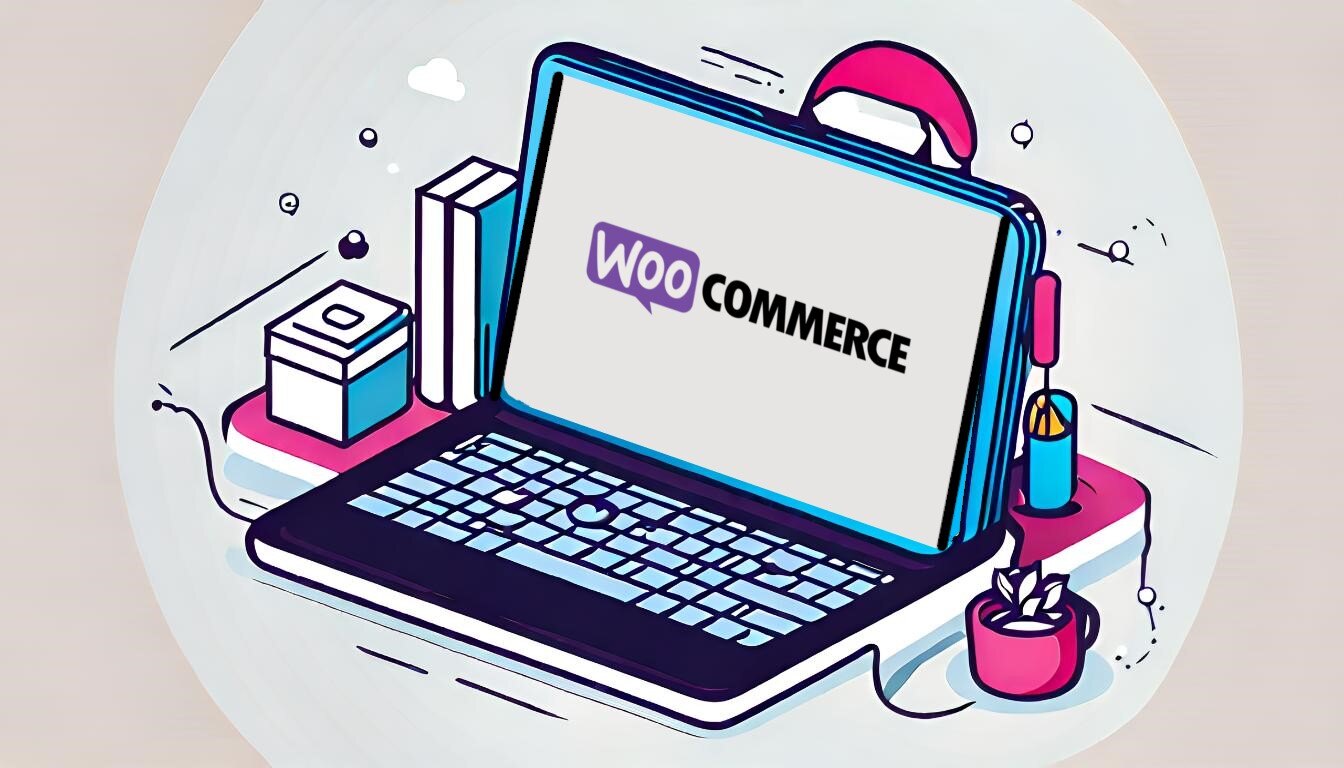Share this
How to Keep Up with B2B Ecommerce Growth
by Shipfusion Team on Mar. 25, 2025

B2B ecommerce is expanding at an unprecedented rate, driven by digital transformation and shifting buyer expectations. Companies now demand the same seamless purchasing experience found in B2C transactions, including fast shipping, transparent pricing, and real-time inventory visibility. However, keeping pace with B2B ecommerce growth comes with operational challenges. Businesses must streamline fulfillment, optimize inventory management, and leverage scalable technology to remain competitive. We explain how to do just that in this article.
Optimize Inventory Management for Scalability
As B2B ecommerce scales, managing inventory becomes increasingly complex. Unlike B2C, where orders are smaller and more frequent, B2B transactions often involve bulk purchases, varying lead times, and recurring shipments.
A fragmented inventory system can lead to stockouts, overstocking, or delays—each of which can strain relationships with business customers who expect reliability. Implementing a warehouse management system (WMS) is crucial for maintaining real-time inventory visibility. A robust WMS allows businesses to track stock levels across multiple locations, ensuring they can meet demand without excess carrying costs.
Additionally, demand forecasting helps anticipate order trends and seasonal fluctuations, preventing inventory shortages that could disrupt fulfillment. Beyond software, businesses should also consider inventory segmentation. By categorizing products based on demand frequency and lead times, companies can optimize reorder points and reduce unnecessary storage costs. For instance, high-volume items may require more frequent restocking, whereas specialty products may need strategic placement to minimize handling time.
Streamline Order Fulfillment for Large-Scale B2B Orders
B2B fulfillment differs significantly from B2C in terms of complexity and volume. Many businesses deal with bulk orders, palletized shipments, and customized packaging requirements. Without efficient fulfillment strategies, order processing can become slow and error-prone, leading to dissatisfied clients and operational bottlenecks. Automating order processing is one of the most effective ways to streamline fulfillment. By integrating ecommerce platforms with a fulfillment provider’s system, businesses can reduce manual entry, minimize errors, and accelerate order throughput.
Automated workflows can also help manage high-volume and recurring orders, ensuring consistency and reliability. Batch picking and bulk shipping further enhance efficiency. Unlike single-order picking common in B2C, batch picking allows warehouse teams to process multiple orders simultaneously, reducing labor time and increasing productivity.
Bulk shipping, on the other hand, consolidates orders for cost-effective transportation, benefiting businesses with recurring or high-volume shipments. For accuracy and compliance, implementing barcode scanning and lot tracking is essential. This is particularly important for industries with strict regulations, such as pharmaceuticals and food distribution, where product traceability is critical. A well-integrated tracking system minimizes errors and ensures businesses can quickly respond to recalls or quality control issues.
Strengthen Supply Chain Resilience
A fast-growing B2B ecommerce business is only as strong as its supply chain. Disruptions such as supplier shortages, transportation delays, or unforeseen demand spikes can hinder fulfillment and damage customer relationships.
To mitigate these risks, companies must build a resilient supply chain. Diversifying suppliers and distribution centers can help prevent bottlenecks caused by regional disruptions. Relying on a single supplier or warehouse location increases vulnerability to unforeseen events, whereas a diversified network ensures orders can be rerouted when necessary.
Freight brokers plays a key role in maintaining supply chain flexibility. By leveraging multiple carriers, businesses can secure cost-effective shipping solutions that align with their delivery timelines. This is especially beneficial for companies dealing with international shipping, fluctuating freight rates, or specialized transportation requirements.
Real-time reporting tools provide the visibility needed to identify potential supply chain disruptions before they impact fulfillment. Businesses can use these insights to make proactive decisions, such as reallocating inventory, adjusting reorder points, or modifying transportation routes. By integrating predictive analytics, companies can refine their logistics strategies and ensure consistent service levels.
Support Customer Expectations with Flexible Fulfillment Options
As B2B ecommerce grows, customer expectations continue to evolve. Buyers now demand faster lead times, flexible delivery options, and seamless integration with their own procurement systems. To meet these expectations, businesses must offer fulfillment solutions that cater to varying client needs.
Scheduled deliveries and consolidated shipments help streamline logistics for recurring customers. Many B2B buyers prefer shipments to arrive at specific times to align with production schedules or retail restocking. By offering scheduled deliveries, businesses can enhance predictability and reduce storage constraints for their clients.
Integration with B2B marketplaces and enterprise resource planning (ERP) systems is another critical factor. Many business customers rely on automated procurement systems to manage orders and inventory. By ensuring seamless data exchange between ecommerce platforms and ERP solutions, businesses can simplify the purchasing process, improve order accuracy, and reduce administrative overhead.
Transparent tracking and real-time order status updates further enhance the customer experience. B2B buyers require visibility into their shipments, especially when dealing with high-value or time-sensitive products. Providing self-service tracking portals or automated notifications helps build trust and minimizes the need for manual order inquiries.
Future-Proof Operations with Scalable Technology
Keeping up with B2B ecommerce growth requires more than just operational efficiency—it demands the right technological infrastructure to support scalability. Businesses that invest in automation, AI-driven analytics, and electronic data interchange (EDI) integrations can position themselves for sustained growth while reducing manual processes.
Automation is particularly valuable in order management, warehouse operations, and shipping logistics. Automated picking systems, robotic process automation (RPA), and AI-driven inventory tracking can significantly improve fulfillment speed and accuracy.
For example, AI-powered demand forecasting can help businesses predict order trends with greater precision, ensuring optimal stock levels without excessive inventory costs. A scalable WMS is essential for businesses experiencing rapid growth. As order volume and product catalogs expand, companies need a system that can adapt without disrupting operations.
The right WMS should integrate with ecommerce platforms, marketplaces, and ERP systems to create a unified fulfillment ecosystem. Data-driven insights further refine operational efficiency. By analyzing order trends, delivery performance, and supply chain KPIs, businesses can continuously improve fulfillment strategies. Real-time dashboards enable decision-makers to spot inefficiencies, implement corrective actions, and adapt to market shifts more effectively.
Your B2B Ecommerce Growth Shouldn’t Stop Now
Shipfusion’s comprehensive 3PL solutions are tailored to support the growth and scalability discussed throughout this article. With us by your side, you can ensure that order processing, shipping, and returns are handled with precision, freeing you to focus on strategic growth.
Get pricing today and join the ranks of successful businesses making the most out of their B2B ecommerce growth opportunities with Shipfusion.
Share this
You May Also Like
These Related Articles

Follow These Advanced Best Practices for WooCommerce Success

How To Maximize the Potential of Your Online Business

How to Manage Your Cash Flow & Profit Margins in Wholesale Fulfillment
- April 2025 (18)
- March 2025 (26)
- February 2025 (26)
- January 2025 (37)
- December 2024 (16)
- November 2024 (23)
- October 2024 (22)
- September 2024 (27)
- August 2024 (9)
- July 2024 (8)
- June 2024 (5)
- May 2024 (8)
- April 2024 (8)
- March 2024 (6)
- February 2024 (6)
- January 2024 (5)
- December 2023 (3)
- November 2023 (3)
- October 2023 (5)
- September 2023 (4)
- August 2023 (2)
- July 2023 (1)
- June 2023 (4)
- March 2023 (2)
- October 2022 (1)
- September 2022 (5)
- August 2022 (4)
- July 2022 (7)
- June 2022 (4)
- May 2022 (4)
- April 2022 (6)
- March 2022 (2)
- February 2022 (1)
- January 2022 (3)
- December 2021 (2)
- November 2021 (4)
- October 2021 (2)
- September 2021 (5)
- August 2021 (4)
- July 2021 (4)
- June 2021 (3)
- May 2021 (2)
- April 2021 (3)
- March 2021 (3)
- February 2021 (3)
- January 2021 (2)
- December 2020 (4)
- November 2020 (2)
- October 2020 (4)
- September 2020 (2)
- July 2020 (5)
- June 2020 (4)
- May 2020 (2)
- April 2020 (2)
- March 2020 (4)
- February 2020 (1)
- December 2019 (1)
- May 2018 (1)
- March 2018 (2)
- February 2018 (3)
- January 2018 (3)
- November 2017 (3)
- July 2017 (4)
- March 2017 (3)
- February 2017 (5)
- January 2017 (3)
- December 2016 (4)
- November 2016 (6)
- October 2016 (6)
- October 2015 (1)
- September 2015 (1)
- June 2015 (3)
- May 2015 (3)
- August 2014 (1)
- July 2014 (1)
- March 2014 (1)
- February 2014 (1)